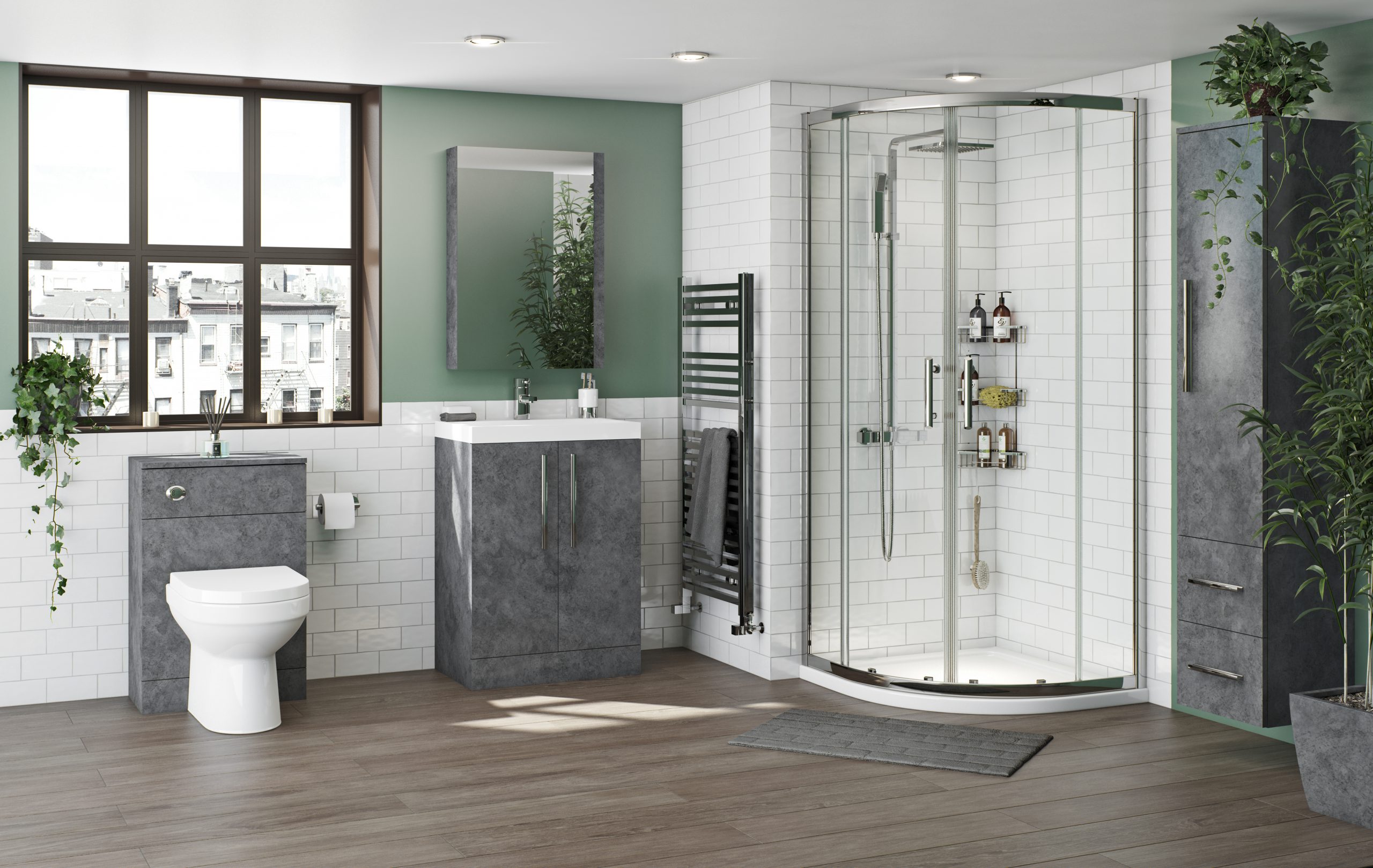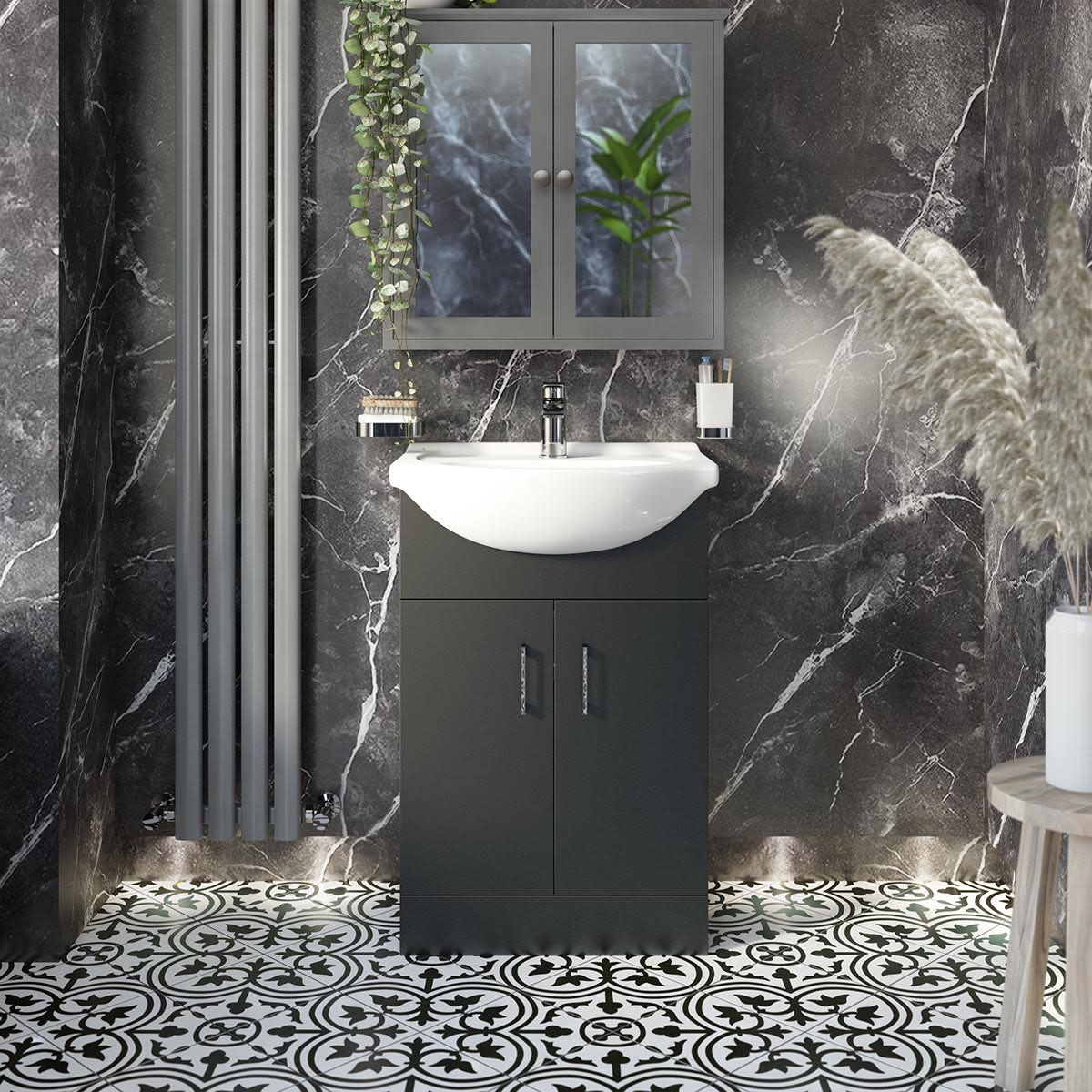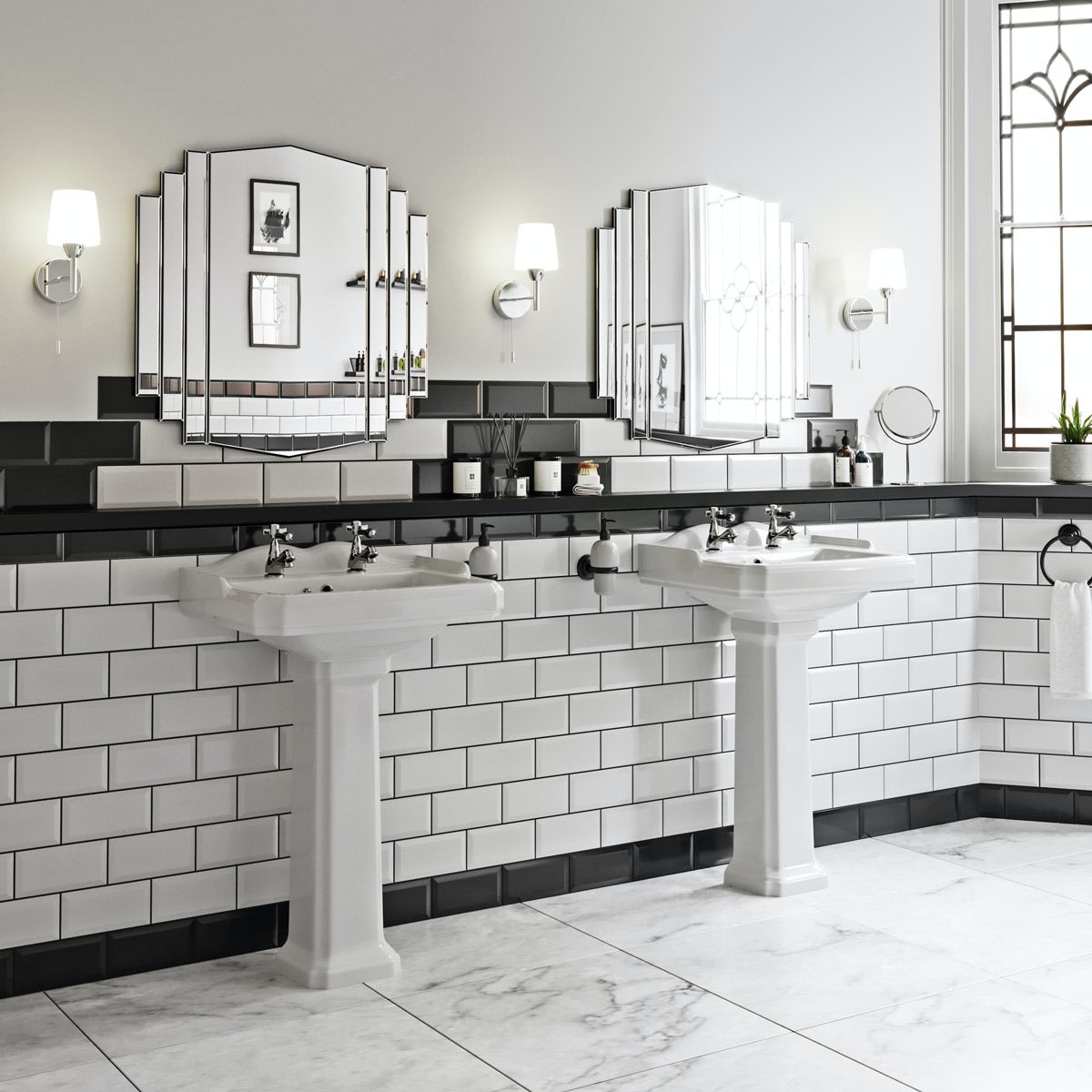We’ve all been there. After a few too many paper towels, you flush…and the water starts to rise in the toilet bowl. It’s as if you can almost hear the toilet mock you, leaving you with only one thought: “How do I unclog a toilet?”
Well, if you’re looking for some helpful tips to clear out whatever is blocking your toilet, you’ve come to the right place! In this comprehensive guide, you’ll learn about the five common types of toilet blockages and tried-and-true methods to unclog your toilet, so you can get back to your normal life in no time. Without further ado, let’s get started!
Quick Summary
The most common types of toilet blockages include clogged drains, foreign objects lodged in the pipes, and a build-up of grease or other debris. It is important to identify the type of blockage before attempting to clear it as some require professional plumbing services.
Hair Blockages
Hair blockages are a common type of toilet clogging issue, and all homes should be aware of this potential problem. Hair can act almost like a net, collecting small amounts of sediment and debris and creating an increasingly difficult-to-remove clog. Although some people might believe that hair isn’t the root cause of the problem, much evidence points to this being one of the primary issues when it comes to toilet clogs.
When dealing with a hair-related blockage, it is often extremely difficult to dislodge by using only water pressure from a plunger or auger. This is because while the water pressure may break up smaller particles, larger aggregates that may form due to hair catching on other materials can remain lodged in the pipes. In many cases, more aggressive measures must be taken such as manual dismantling and removal of components in order to locate and directly extract the source of the obstruction.
In conclusion, hair can be a major blockage concern that should not be overlooked when dealing with blocked toilets. By remembering this fact, future clogs can hopefully be avoided and solutions may be easier to come by if they do occur. Thankfully, while tackling hair blockages is certainly more challenging than tackling other kinds of blockages it isn’t impossible! The next section will look at some common reasons why hair tends to become lodged in drain pipes.
Common Causes of Hair Clogging
Hair blockages are a common type of toilet blockage, and understanding the different causes of hair clogs can help with future prevention of such blockages. While it may be surprising to some, human hair is not the only type of hair that can contribute to clogs. Pets, like cats and dogs, also shed hair in the bathroom which often falls into the commode, creating a clog later on. According to a 2014 study conducted by the American Society for the Prevention of Cruelty to Animals (ASPCA), pet owners who allowed their animals in the bathroom were 30 percent more likely to experience toilet clogs due to hair build-up.
Clogged drains due to hair shedding can be a nuisance and create plumbing issues, however luckily there are easy steps one can take to reduce the amount of hair accumulation in their pipes. Cleaning showers after each use and using drain-traps in bathtubs or sink basins can make it much easier for homeowners to maintain healthy drainage in their residence. The key is being proactive with preventative maintenance before any blockage occurs.
Preserving proper drainage by utilizing preventative methods can minimize the chances of experiencing clogs caused by hair build-up, but over time no strategy is fool proof. As mentioned earlier, if you have a pet at home, it’s important to check your drains regularly for any accumulating hairs that may result in possible clogging later. Taking the necessary measures now will help stave off clogging problems in the near future.
For homeowners who don’t have pets but still experience frequent hair clogging, it could be an indication of a larger issue at hand. A plumbing specialist should first pay your residence a visit prior to attempting any serious actions on your own as they can provide expert knowledge on repairing existing pipe problems that may be causing the frequent blockages throughout your home’s plumbing system.
In sum, while many different styles of inaccessible objects can cause a toilet clog, understanding when and how they occur is paramount in preserving healthy drainage throughout your home’s plumbing system. Without taking proper preventative procedures now, minor backup issues could become major disasters down the line. Now that we’ve discussed how to identify and successfully manage a potential issue with hair clogs, let’s move on to disposable items blockages; an equally troublesome situation that affects many households across America every day.
Disposable Items Blockages
When it comes to toilet blockages, disposable items such as hand towels, sanitary items and other non-flushable objects can cause major headaches. When these items are flushed, they don’t break down in the same way that toilet paper does, which causes them to build up and form blockages.
The debate over whether disposable items should be flushed or not is both an environmental and a plumbing issue. On one hand, preventing people from flushing these types of objects reduces waste and helps keep water pipes free flowing. On the other hand, people may argue that if these items can fit down the sink you should be able to flush them away. However, reports have shown that disposable products like wet wipes contain microplastics which if left unchecked can accumulate in rivers and oceans.
Ultimately, the biggest takeaway here is that if something doesn’t naturally dissolve in water it shouldn’t go down your toilet. Although this argument may continue for some time, it’s best to err on the side of caution by disposing of anything non-biodegradable into a trash can instead of taking a chance and flushing it away. Doing so will help reduce your chances of experiencing any troublesome toilet blockages.
Now that you have a better understanding of how disposable items can clog toilets, let’s take a look at how you can work to prevent them in the future.
- The most common cause of toilet blockage is human error, such as throwing items that shouldn’t be flushed down the toilet.
- According to a survey by Plumbing Manufacturers International, 40% of all clogged toilets were caused by personal hygiene products.
- A 2013 study revealed that tree root intrusion accounted for 19% of all blocked toilets reported in the United Kingdom.
How Can You Prevent Them?
It is important to attempt to prevent toilet blockages before they even occur. The most common way to prevent blockages is to be conscious of what we put down the drain. Disposable items, such as baby wipes, sanitary pads, and paper towels should never be flushed. Although it may feel more convenient to flush items rather than take them to the bin, the long-term consequences of blocked pipes far outweigh any temporary convenience. The best advice when it comes to preventing a toilet blockage is ‘when in doubt, throw it out.’
On the other hand, some argue that if all other steps have been taken then why not flush? Using biodegradable materials, such as toilet paper, can reduce the possibility of a blocked pipe as the material will break down quickly compared to something non-biodegradable like plastic. Evidence has shown that by combining small amounts of certain biodegradable materials with the correct ratio of water has had successful results. However, this is still experimental and requires further testing before being recommended.
Knowledge and awareness are vital elements in preventing blocked toilets. By understanding how our individual behaviours can affect drainage systems, we can respond accordingly and make measures to ensure no unwanted blockage occurs.
Luckily there are alternative solutions for fixing a blocked toilet, such as natural remedies without harsh chemicals or expensive equipment. These are worth exploring so read on for more information.
Main Summary Points
It is important to attempt to prevent toilet blockages by being conscious of what we put down the drain and never flushing disposable items. However, some argue that biodegradable materials, such as toilet paper, can reduce the risk of a blocked pipe when combined with the correct ratio of water. Knowledge and awareness are essential elements in preventing blocked toilets and luckily there are alternative solutions for fixing a blocked toilet available.
Natural Solutions for Toilet Blockages
The best way to prevent a toilet blockage is by keeping an eye on what is being flushed down the toilet. Common items such as paper towels, facial tissue, and even too much toilet paper should be avoided. However, there are natural solutions that can also be employed before having to use store-bought products or hiring a plumber. Baking soda and vinegar are two household ingredients that can be combined to create a powerful de-clogging agent. It’s important to note however that this type of solution may not work with thicker blockages such as large toys or objects. For thinner and more minor blockages, baking soda and vinegar can often do the trick.
In addition to baking soda and vinegar, boiling water has also been used as an effective way to unclog toilets. It’s important to do this carefully though, since overfilling the toilet with boiling water may cause discomfort in case of contact. If done carefully though, it proves to be an effective solution in most cases.
Although there are some seemingly simple solutions when dealing with a blocked toilet, it’s always wise to exercise caution when doing so. Home remedies can have their uses, but in some cases it may be necessary to hire a professional plumber for the job instead. In any case, before jumping straight into chemical products or home remedies such as using boiling water or baking soda and vinegar mixtures, it’s valuable to assess the severity of the situation first and from there make the most informed decision.
Now that we have discussed how you can prevent toilet blockages, let’s move forward by discussing home cleanse alternatives along with popular store-bought products that serve as an effective resource for unclogging toilets without having to hire a plumber.
Home Cleanse and Product Alternatives
Home cleanse and product alternatives offer a quick and cost-effective method of getting rid of a toilet blockage. As the name suggests, they are products that are used to unclog a toilet from within your home. While this is often an effective and fast solution for clogs, it is important to note that these solutions can also put your plumbing system at risk.
On one hand, many households swear by drain cleaning products such as Seltzer and Drano as their go-to options when dealing with clogged toilets. These products contain hazardous chemicals like lye which can quickly dissolve tough blockages found in toilets, sinks, and shower drains. Because of their hazardous ingredients, these products should be used with caution and only when necessary. They should always be kept out of reach of children and pets and dispensed according to directions provided on the packaging.
At the same time, another method that is growing in popularity among homeowners is utilizing acid-based natural drain cleaners. Unlike chemical-based ones, these cleaners have zero toxins and are safer to use than their chemical counterparts—with fewer risks to both people and the environment. Furthermore, they can work more effectively on large blockages like those caused by pee or diaper contents.
Ultimately, whether choosing a chemical or natural cleaner to unclog a toilet depends on preference. Chemical products may be faster but can be dangerous if used incorrectly while natural solutions are safer but may require patience when waiting for them to take effect. In either case, it’s best practice to use caution when handling drain cleaning products since they make involve powerful ingredients with adverse effects.
Answers to Frequently Asked Questions with Explanations
What are the common causes of toilet blockages?
The most common causes of toilet blockages are materials that don’t dissolve or break down, such as wipes, sanitary items, toys, and excess amounts of toilet paper. Hair can also cause toilet blockages when it wraps around the interior bend of the toilet pipe. Lastly, build-up from hard water or grease can lead to clogs over time.
Wipes and feminine hygiene products are designed to be tough, so they often don’t break down once they enter a plumbing system. They can accumulate slowly until enough has built up to create a blockage. Be sure to only flush human waste and toilet paper as other items can create clogs.
Hair also can get wrapped around the curve in the drain line and prevent wastewater from passing through. Hair is made of proteins which makes it strong and hard to dissolve in water alone.
Lastly, hard water and grease deposits can slowly build up in the pipes over time, eventually leading to a clog if not removed.
How can I remove a toilet blockage without calling a plumber?
Removing a toilet blockage without calling a plumber can be done with some simple tools and household items. First, you should try using a plunger; it is the most common and effective way to unclog a toilet. Make sure to cover all drainage holes with the plunger to create suction and then plunge repeatedly up and down for several minutes.
If the plunger fails to suffice, you can also use a toilet auger, or “snake”, which can be found at any hardware store. Insert the snake into the toilet bowl and push downwards until it reaches the blocked area; when it does, turn the crank handle on the auger until you feel it loosen. Once loosened, pull out the snake and allow water to flow freely.
For more stubborn clogs, you may need to manually remove them from inside your toilet tank. Doing so requires draining all of the water from your tank using either a plumbing vacuum or a siphon kit. Afterward, you can put on rubber gloves and examine the pipe for any large objects blocking the drain before removing them with tweezers or a small wire brush.
If these methods are unsuccessful, then it’s probably best to call a licensed plumber who has experience dealing with complicated toilet blockages.
What are the different types of toilet blockages?
There are several different types of toilet blockages. The most common type is a clog caused by too much toilet paper being flushed, which can accumulate and create an obstruction. Another type of blockage is caused by foreign objects such as toys, tissues or sanitary products that are flushed down the toilet and get stuck in the system. When grease or oils are poured down the drain, they can cool and form a solid mass, creating another kind of blockage. Tree roots that grow into sewer lines can also cause pipe blockages. And lastly, sediment build-up from hard water can cause mineral deposits to form in the pipes and eventually lead to a blockage.
What preventative measures can be taken to avoid toilet blockages?
Preventing toilet blockages in the first place is the best solution to save you from needing to use a plunger or auger. To avoid any potential clogs and blockages, here are some simple preventative measures you can take:
1. Always flush responsibly – flushing items like paper towels, coffee grounds, cigarette butts, hygiene products, diapers, food waste, and other similar items will cause clogs in your pipes.
2. Avoid pouring grease and oils down the drain – these materials form solid clumps when they cool down and can cause serious blockages within your pipes.
3. Invest in a sink strainer or stopper – keeping hair and other debris from entering the plumbing system will help reduce blockage problems caused by these materials.
4. Schedule regular plumbing maintenance checks – identifying potential areas of concern before they become an issue helps to keep your plumbing running efficiently and prevents bigger problems further down the line.






